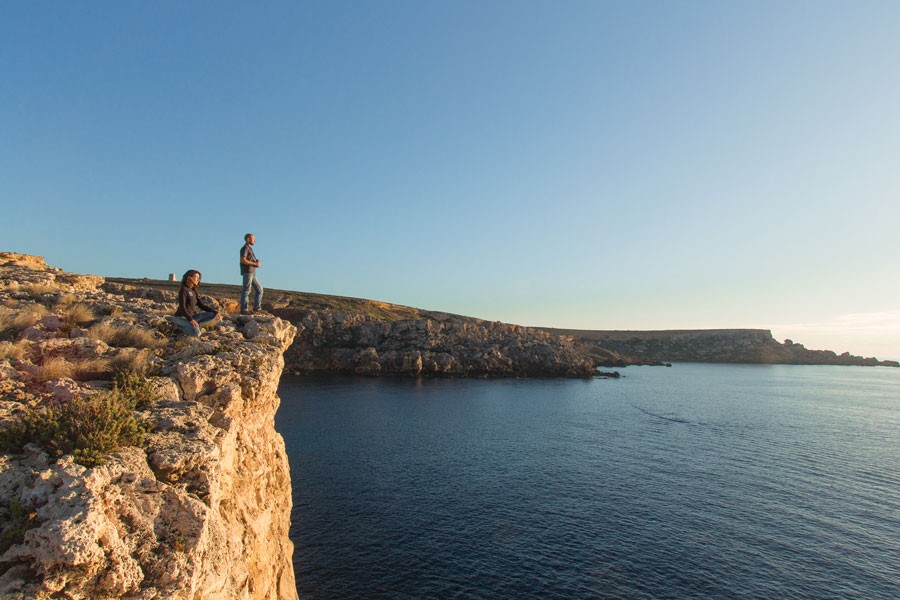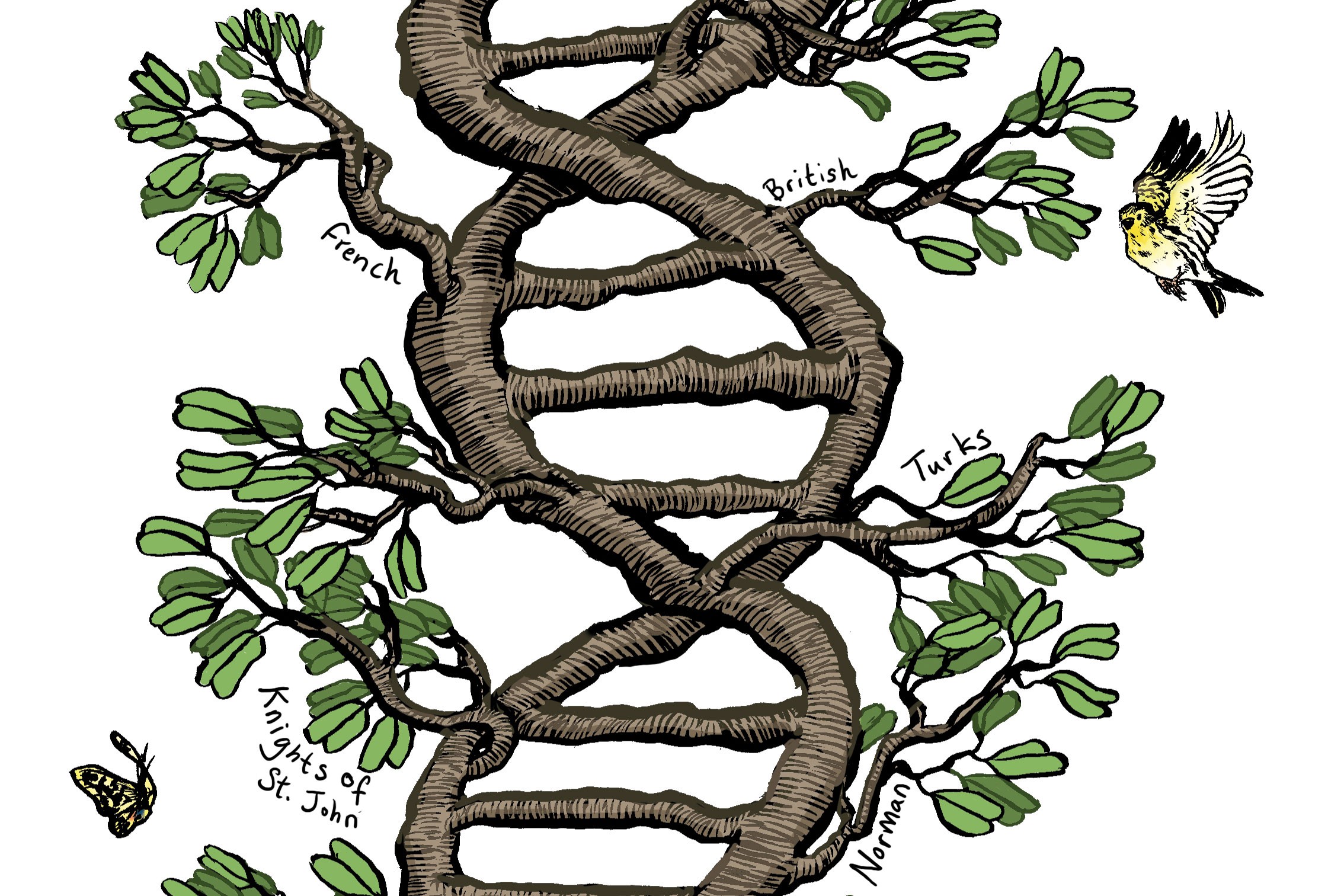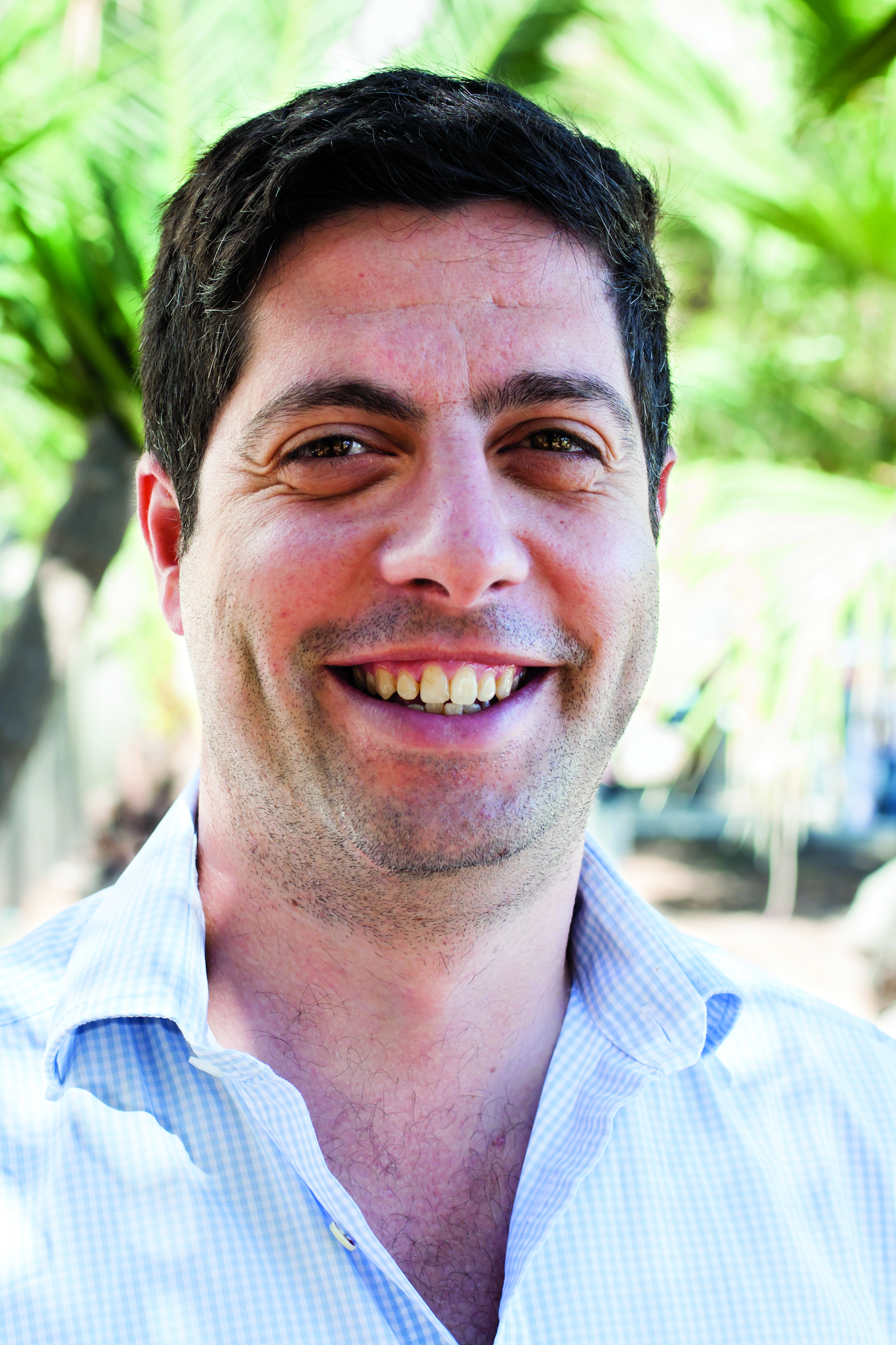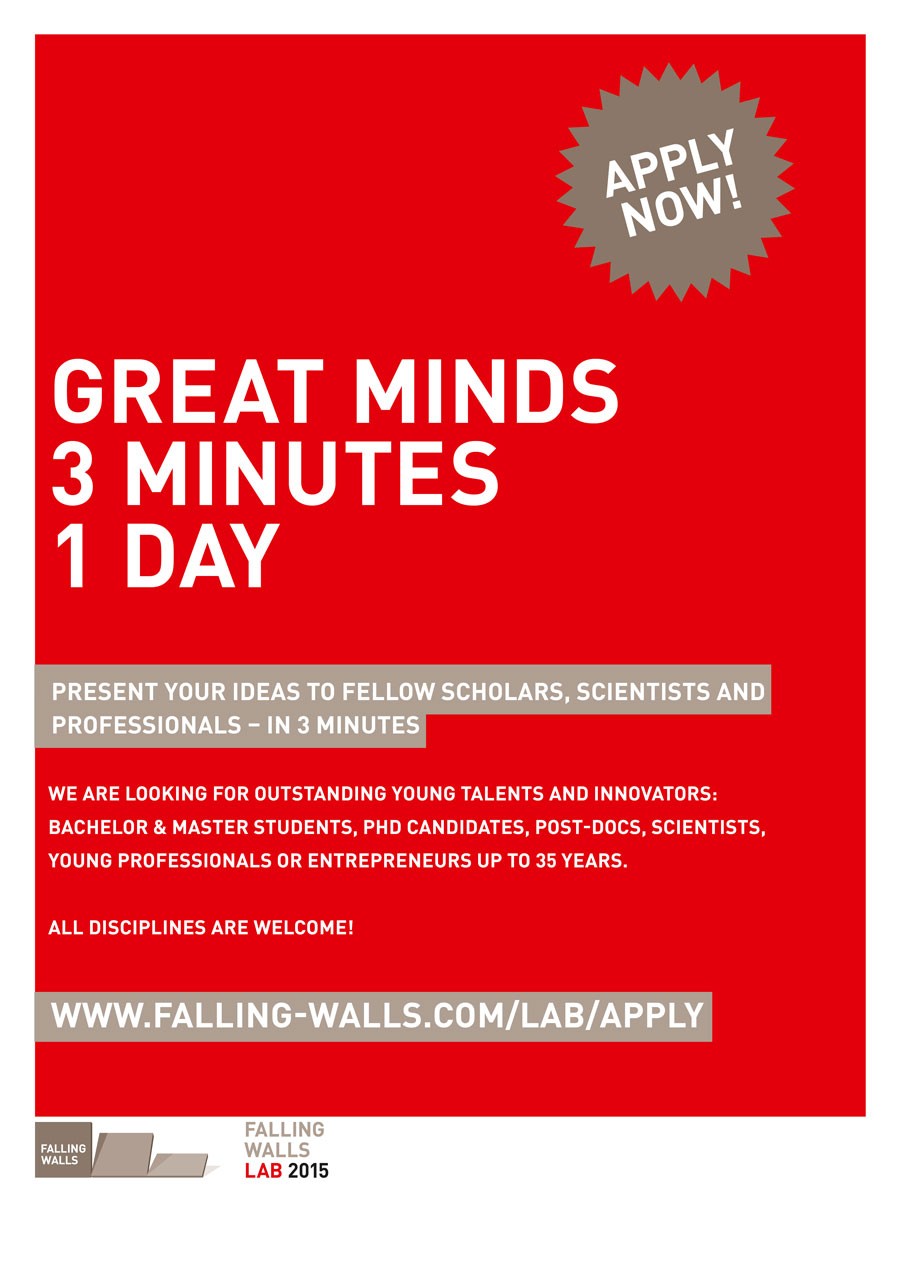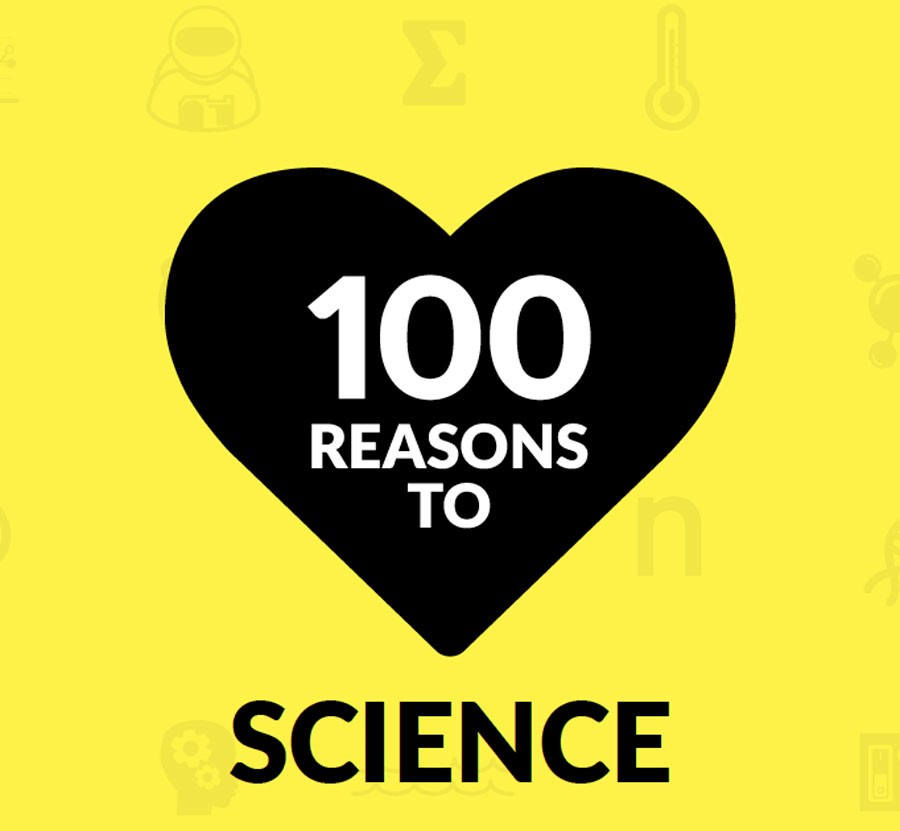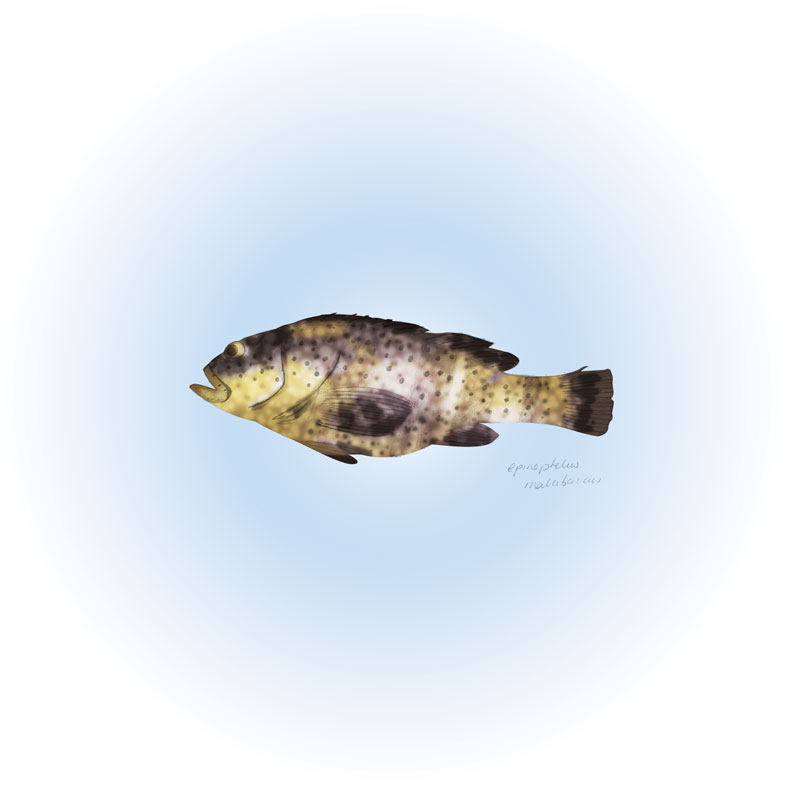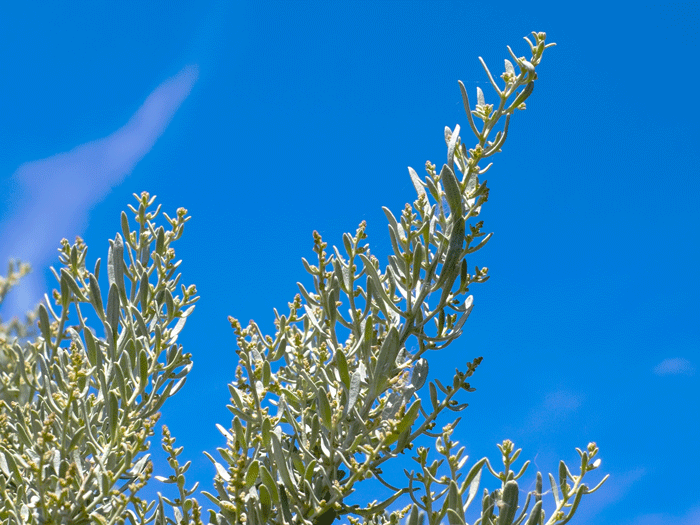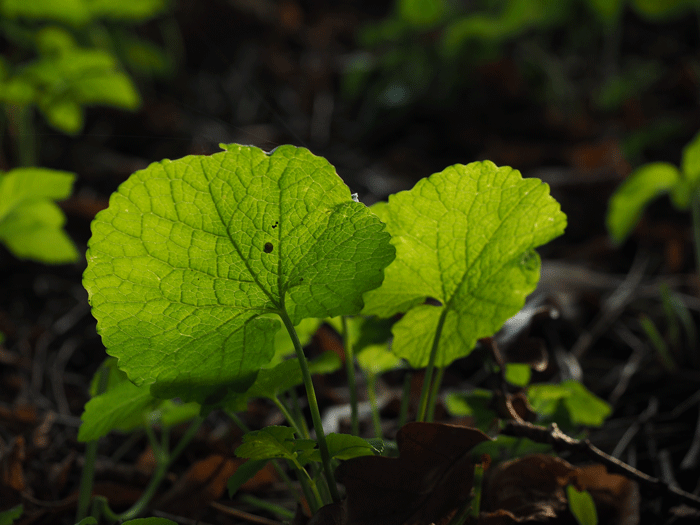Heavy metals can be toxic to humans. They need to be monitored to ensure environmental levels do not go above dangerous levels. The European Commission has set acceptable maximum levels of metals allowed in food since most metals end up in humans through their diet.
But how do metals find their way into our food in the first place? Heavy metals can enter the environment in a number of ways, including through volcanism, fossil fuel burning, and antifouling paint use. The heavy metals bind with biomolecules inside living tissue, and can build up to dangerous levels. One prime example of how such metals end up in the food we eat can be seen in the case of the common octopus (Octopus vulgaris). The octopus is susceptible to accumulating high levels of heavy metals due to its high ingestion rate of benthic fauna.
Joshua Gili (supervised by Prof. Victor Axiak) recorded the concentrations of cadmium, copper, lead, and zinc in the common octopus. Specimens were collected from around Malta during summer and winter. The analysis was performed on two of the species’ tissues—the tentacles and the digestive glands— which function in a similar way to the human liver. Each tissue was gathered into one pool by site, then homogenised, dried, and acid-treated. Afterwards a technique called polarography was used to determine the levels of each metal. This data helped Gili decide whether metal accumulation in the tissue of octopi is affected by biometry, season, or geography.
In Malta, metal levels depended on where the octopus was caught. In general, the concentrations were lower than other Mediterranean regions. The levels of cadmium and lead in the tentacles were below toxic levels as stated by the European Commission, indicating that local octopus is safe to eat.
This research was performed as part of Joshua Gili’s Bachelor of Science (Honours) in Biology and Chemistry, which he is reading at the Faculty of Science, University of Malta.


